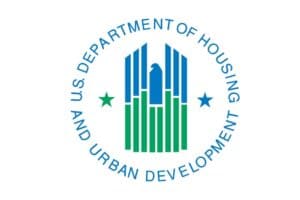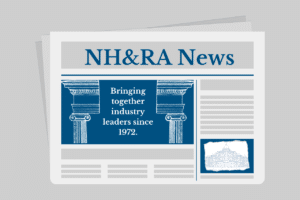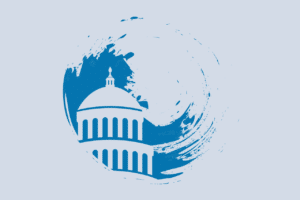News

HUD Hosts Emergency Rental Assistance Webinar
Join HUD, the National Low Income Housing Coalition and the Housing Initiative at Penn at 2 p.m. ET on June 10 for a webinar on the emergency rental assistance (ERA) programs throughout the country. The webinar will feature ERA tools from NLIHC and Penn, as well as insight into the lessons and recommendations they discovered in their research to best assist communities and priority populations. Register here.

HUD CPD Hosts Regional Opportunity Zone Roundtables
HUD’s Office of Community Planning and Development (CPD) is hosting Opportunity Zone (OZ) Roundtable virtual events in conjunction with regional offices. This webinar will provide CPD grantees with a baseline understanding of CPD funding possibilities in designated OZs, and how to proactively support OZ projects and investments.

IHCDA – Market Study Analysis and Review
ISSUE DATE: June 7, 2021 RESPONSE DEADLINE: June 28, 2021, 5:00 PM Eastern Time CONTRACT TO BEGIN: August 1, 2021 The Indiana Housing and Community Development Authority (“IHCDA”) is requesting proposals to select a market study analyst to review market studies submitted to IHCDA and conduct third-party market studies on behalf of IHCDA, on an […]

White House Announces Proposals to Reduce the Racial Wealth Gap
The administration says it will launch an interagency effort to address inequity in home appraisals and publish next week in the Federal Register a proposed rule on countering housing practices with discriminatory effects and an interim proposed rule on HUD’s Affirmatively Furthering Fair Housing.

White House Releases Full FY 2022 Budget Request
Last week, President Joe Biden (D) released the administration’s full fiscal year (FY) 2022 discretionary funding request to Congress. The HUD budget requests $68.7 billion, a $9 billion or 15-percent increase from the 2021 enacted level.

Guide to Public Housing Repositioning Released
HUD has made available a new Guide to Public Housing Repositioning, which reviews the different options, and associated planning considerations, available to Public Housing Agencies (PHAs) as they consider the long-term future of their portfolios.

HUD Offers Davis-Bacon Payroll Analysis Training
HUD Exchange announced the launch of a new Davis-Bacon training on Payroll Analysis. The second of a two-part training, this new set of modules walks Local Contracting Agencies (LCAs) through the correct way to conduct a payroll analysis.

Senate Banking Committee Advances Todman Nomination
Last week the Senate Committee on Banking, Housing and Urban Affairs favorably reported Adrianne Todman’s nomination to be Deputy Secretary at HUD to the full Senate.

Enroll in the Emergency Broadband Benefit Program
Multifamily assisted households are eligible to enroll in the Emergency Broadband Benefit (EBB), a Federal Communications Commission subsidy program to help families and households struggling to afford internet service during the COVID-19 pandemic.

No Further AFS Blanket Extensions from HUD
HUD’s Office of Multifamily Housing does not plan to offer a further blanket extension for annual financial statement (AFS) submissions for properties beyond the current extension through June 30, 2021.

HUD Re-Releases Significant AHS Data
HUD re-released the 1997-2013 historical American Housing Survey (AHS) public use files and associated codebook.

HUD Hosts Radon Webinar May 26
HUD will host the first in a series of three webinars about the dangers of radon and how to manage risks associated with it from 2 to 3:30 p.m. ET on May 26.